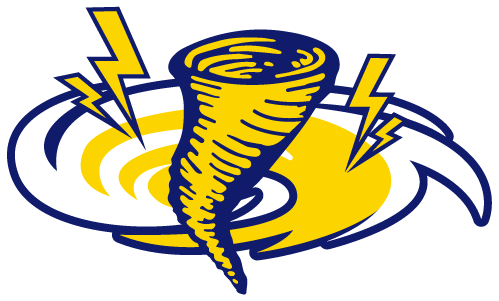Skip to content
Show submenu for District Info
District Info
Superintendent's Office
Health and Wellness
Franklin Continuing Education- Adult Education
Staff
Show submenu for Athletics
Athletics
Show submenu for School Board
Families
Show submenu for Contact Us
Food Services
Employee Info
Registration
Technology
Multi Tiered System of Support for Behavior
Bus Routes
Forms
Tutor.com
Calendars
Registration 2024-2025
Show submenu for
